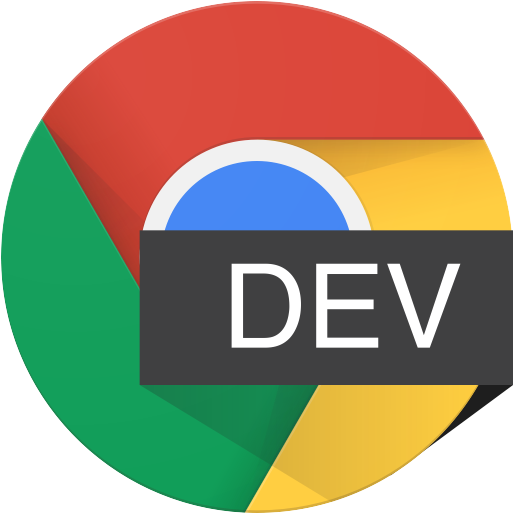type과 interface는 상당히 비슷한 기능을 갖고 있다.
많은 부분에서 interchangable하다.
type은 주로 function에 사용하고, interface는 object (class 타입)에 주로 사용한다. 이것은 반드시 그래야하는것은 아니고, 단지 더 자연스러운 방식 을 선택하는 것이다.
type과 interface의 차이점
🚀 type 에서만 가능한 것들
union
type Cat = { type: 'Animal', species: 'Cat' };
type Dog = { type: 'Animal', species: 'Dog'};
type Pet = Cat | Dog;
const kitty: Pet = { type: 'Animal', species: 'Dog' }primitives
type Id = string | number;
type date = string;shorthand functions
type Func = (str: string) => string
type returnBool<T> = (a: T) => boolean;
const isValidNumber: returnBool<any> = (a) => Number.isInteger(a);
isValidNumber(1) // true
isValidNumber('a') // false🚀 interface 에서만 가능한 것들
declaration merging
// 기존 Request가 있다고 가정
interface Req {
url: string;
params: string;
}
// 굳이 다른이름으로 extends하거나 type을 재 정의하는 것보다, 같은 이름으로 merging하는 것이 자연스러움
interface Req {
method: string;
}
const request: Req = {
url: '/posts/',
params: '?id=1',
method: 'GET',
}familiarity (extends)
interface Point2D {
x: number;
y: number;
}
interface Point3D extends Point2D {
z: number;
}
const pos: Point3D = {
x: 1,
y: 2,
z: 0,
}
// type에서도 intersection(&)이라는 것으로 이용해서 extends 처럼 만들 수 있다. 하지만 이 경우는 intersection(&)보다 extends가 더 자연스럽다.
type Point2D = {
x: number;
y: number;
}
type Point3D = Point2D & {
z: number;
}
const pos: Point3D = {
x: 1,
y: 2,
z: 0,
}